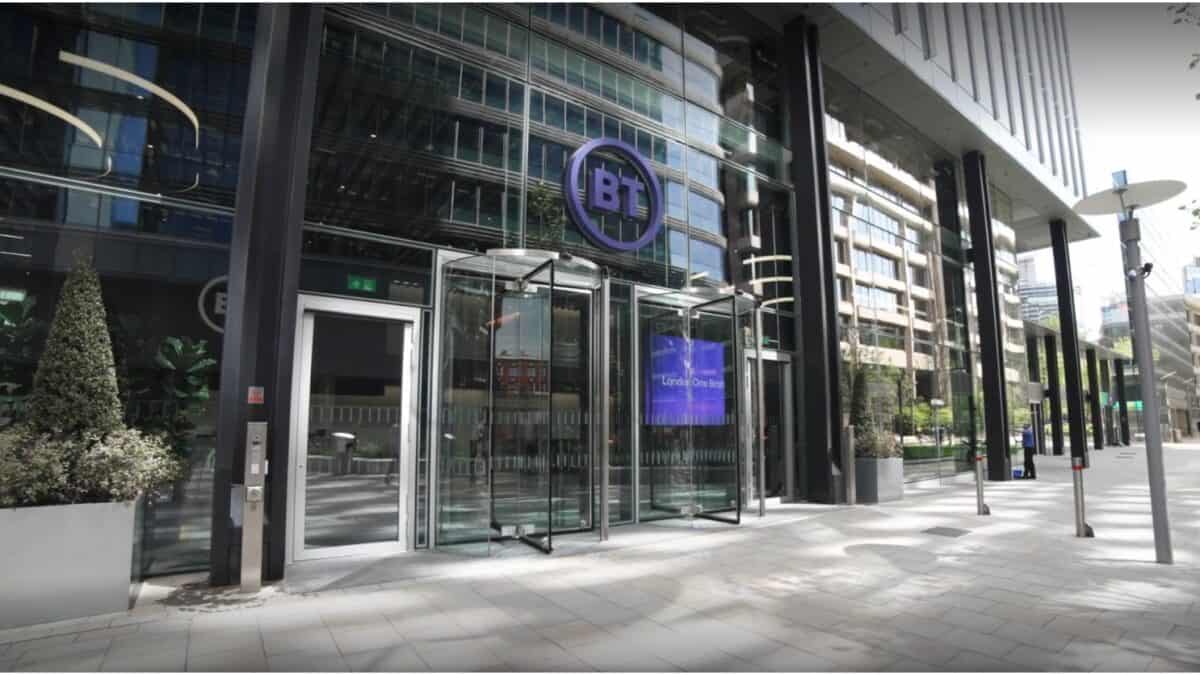Making predictions about the BT (LSE:BT.A) share price is difficult.
After all, there’s plenty of debate among analysts as to how much the FTSE 100 stock should be worth with the company currently going through a transition period as spending on fibre-to-the-premise (FTTP) slows down.
Long-run performance hasn’t been strong. And as someone who’s been watching the communications giant for a while, I can imagine how frustrating its share price performance has been for shareholders.
So, where could the share price end the year?
Positive signs
It has outperformed its peers over the last month. Despite reporting a 31% drop in annual profits in the year to 31 March, management impressed shareholders with a cost-savings plan.
According to management, BT Group is at an “inflection point” following the peak capital expenditure of its full-fibre broadband rollout.
That’s great news for all of us who were concerned that costs might spiral.
CEO Allison Kirkby highlighted that BT had achieved its £3bn cost and service transformation programme a year ahead of schedule.
Moreover, she announced another £3bn of annual cost savings until the financial year ending March 2029.
Are costs still an issue?
BT’s medium-term earnings outlook has actually worsened since Kirkby’s announcement. Analysts now expect earnings per share (EPS) of 15.55p in 2024, 13.73p in 2025 and 14.72p in 2026. In turn, this infers the stock is trading around 8.3 times forward earnings.
I’d suggest these earnings revisions reflect the company’s worse-than-expected performance in 2023 and the acceptance that, in the medium term at least, FTTP rollout is going to remain burdensome.
Estimates suggest that BT is still aiming to roll out FTTP to another 11m to 13m homes. BT said in October that it had already reached 11.85m premises, and Kirkby aims to reach 25m by December 2026.
One interesting note from the earnings call was that BT’s rollout cost per premise is lower than £300, according to Kirkby. I’d previously heard that it was £850 per premise.
This new figure would infer that the remaining rollout would cost just £3.9bn — for 13m homes. That’s a lot less than I’d thought.
However, Kirkby also suggested that capital expenditure wouldn’t fall until the start of 2027. That’s when we’ll start to see how successful BT’s FTTP rollout has been.
It’s also important to highlight that FTTP is much easier to maintain than traditional copper cabling. This is expected to help lower costs over the long run.
Finding fair value
As I hope the above suggests, understanding how much BT shares should be worth is really challenging. That’s simply because the multi-billion-pound rollout of FTTP isn’t reflected in earnings yet.
According to the consensus of analysts following the stock, fair value currently sits around 191p. That’s a significant 48% premium from the current share price.
While there are so many variables, including the impact of further quarterly announcements, I’d expect BT shares to continue trading at a discount to the share price target.
If I had to put a figure on it, I’d expect to see the shares trading around the 135p-145p mark towards the end of the year (I could be wrong, of course). The shares appear to be undervalued, but investors are unlikely to get behind the stock before earnings move in the right direction.








